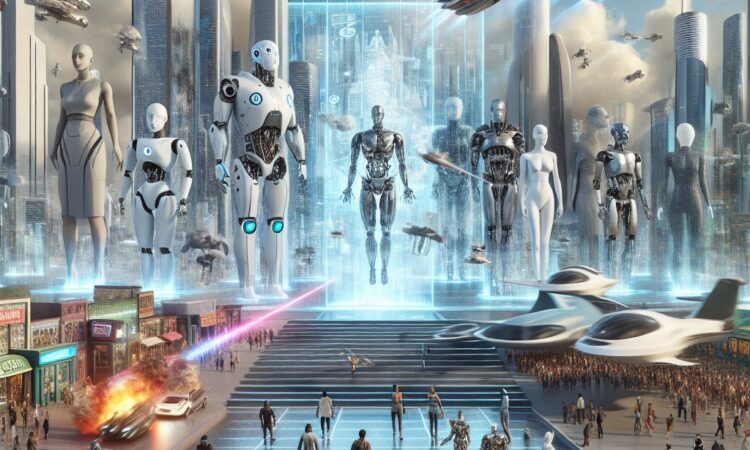The Future of Cinema in the Age of Artificial Intelligence
Artificial intelligence (AI) is having a growing impact on the cinema industry. AI is being used to develop new filmmaking tools, create more realistic special effects, and even write screenplays. While there is some concern about the potential negative impacts of AI on cinema, there is also great potential for this technology to revolutionize the industry.
With the advancements in AI, filmmakers are now able to access sophisticated tools and software that streamline the production process. This allows for more efficient editing, post-production, and visual effects creation. Additionally, AI can analyze large amounts of data to help filmmakers make creative decisions, such as identifying patterns in successful movies or predicting audience preferences.
One significant area where AI is making a mark is in the development of special effects. AI algorithms can generate incredibly lifelike visuals and simulations, enhancing the audience’s immersion in the cinematic experience. Moreover, AI enables the creation of virtual characters and environments that are indistinguishable from reality. This pushes the boundaries of what can be achieved in film and expands the possibilities for storytelling.
Perhaps the most controversial application of AI in the cinema industry is in screenplay writing. AI systems can analyze vast amounts of existing scripts and use machine learning to generate new ones. While this raises ethical questions about creativity and authorship, it also opens doors to fresh narratives and storytelling techniques that may have been overlooked by traditional screenwriters.
Despite concerns, the potential benefits of AI in the cinema industry are immense. It offers filmmakers new tools to experiment, create, and innovate. The convergence of AI with cinema allows for captivating visuals, realistic effects, and engaging narratives. As AI technology continues to evolve, the future of cinema holds exciting prospects, where the line between reality and artificiality becomes increasingly blurred, enriching the audience’s cinematic journey.

